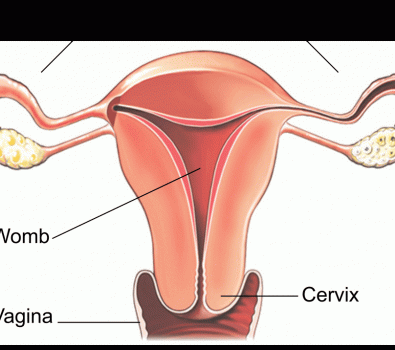Controversy over moderate and excessive use continues. But one thing is for sure: alcohol does not bring much benefit. However, there are different models of alcohol consumption – let’s talk about them and their harmfulness to health. And also, remember when mankind began to drink alcohol and how ethanol affects the body.
Alcohol is one of the leading causes of death: it significantly increases the risk of cancer and other diseases that can be fatal for consumers. In addition, alcohol increases the likelihood of severe poisoning and domestic injuries.
Alcohol is a catalyst for many diseases – various types of cancer, liver, heart, brain, and more. Drinkers are much more likely to get dementia or Alzheimer’s disease. In 2016 alone, according to official data, 2.8 million people died from alcohol.
In this article, we will talk about the safest amount of alcohol but if you feel like you have started drinking too often — find out at AddictionResource how to beat alcoholism. It is crucial to get a consultation from the doctor and even therapy if needed.
History of human relations with alcohol. Health risks
There is research that proves that the body’s ability to digest alcohol could be crucial in the development of Homo sapiens. About 10 million years ago, our distant ape-like ancestors ate fruit from the earth – and among these fruits were fermented. Ethanol is released during fermentation – and some monkeys could digest it. Other species of monkeys died from ethanol, so the strongest remained.
The mechanism of assimilation of alcohol in the human body developed millions of years ago. However, alcohol and soft drinks do not become useful for us. Alcohol increases the risk of cancer and premature death. Researchers have found a link between its use and the development of dementia, as well as its detrimental effects on mental health. It is under the influence of alcohol that people often behave riskily or aggressively. Unprotected sex with unfamiliar partners, violence, self-harm, suicide attempts, or attempted murder – alcohol reduces the level of self-control, so those who drink often and / or a lot can harm not only themselves.
Well, let’s remember about alcoholism – it is quite difficult to recognize when it starts. A person may think for months or even years that he will stop at any moment, but this moment will never come. Not everyone dares to admit even to themselves that they are addicted to alcohol and can not give it up – and even fewer people dare to see a narcologist.
Models of alcohol consumption and their impact on the body
Patterns of consumption are, in fact, the dose of alcohol, the frequency of intake and the alcoholic beverages themselves. Different models affect the body differently.
Researchers from the University of Glasgow (UK) recently conducted an experiment to find out which alcohol is safest to drink, how often and which drinks are best to avoid. The study was published in BMC Medicine.
The respondents were more than 309 thousand people, whose average age is 56 years. Participants did not include those who did not drink, drank very infrequently, had a stroke, myocardial infarction, or had a history of liver cirrhosis or cancer.
All respondents answered the question of how often they drink alcohol and how much, which drinks they prefer – beer, cider, wine (and which one) or stronger. They also indicated whether they ate before or during drinking.
Here is what became clear as a result of the study:
- The safest alcoholic beverage is red wine. One of the most dangerous – is beer and cider. All alcoholic beverages, except red wine (with moderate consumption), increased the risk of cardiovascular disease, heart attack, stroke, liver cirrhosis and premature death.
- The level of risk is reduced if you do not drink alcohol on an empty stomach – food helps reduce ethanol levels in the blood.
- Alcohol consumption daily – increased risk of liver cirrhosis. Drinking more than 1-2 times a week and drinking alcohol is also bad for your health. There is an interesting nuance here – if you drink alcohol 3-4 times a week in smaller portions, the risks will be reduced accordingly.
However, we advise not to abuse the same red wine, which, according to research, is relatively safe compared to other alcohol. That could lead to alcoholism and you’d need to quit drinking alcohol at all. Experiment with soft drinks and do not abuse to relax after training / work – this is how addiction can develop and you’ll need to figure out how to quit drinking without aa.
If you understand that the relationship with alcohol is out of control – do not procrastinate and see a doctor. Alcoholism is treatable – provided you want to cure yourself and are willing to change your life for the better.
How alcohol makes us drunk
The main active substance of alcohol is ethanol. It is he who causes the effect of intoxication.
Ethanol is a product of the fermentation of yeast with sugar. Grape sugar is used to make wine, and grain sugar is used for beer. Strong drinks are distilled (distilled) liquid with low alcohol content.
Different people are affected in different ways by alcohol: some people get drunk almost from the smell, and others need to drink a lot to feel this effect. Tolerance to alcohol depends on many factors, including heredity. Also, how the body perceives alcohol depends on the frequency of its use: some people know their dosages, but some have to look for the best way to quit drinking already in the teenage.



